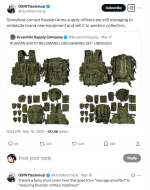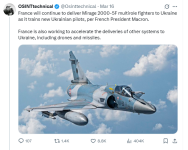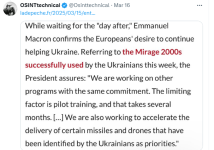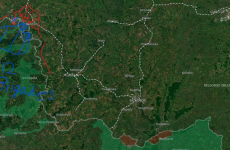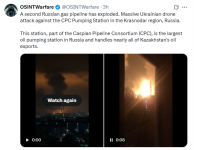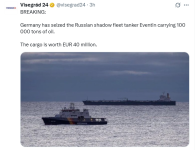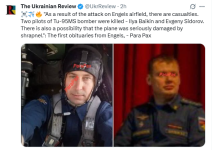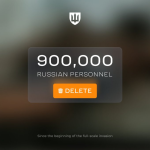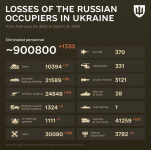If you live in Russia, this is that "oh fuck" sound.....
Some U.S. companies (and maybe some European / Ukrainian) have largely defeated Russian jamming with AI autonomous drones for the attack phase of their mission where they are most likely to be subjected to intense jamming.
Side note:
President Musk (and DonOld) can’t really interfere with Ukraine’s drone warfare operations, and Europe has been assisting with intelligence, etc.
Also:
How sick and sad is it that we have to worry about "the U.S." (President Musk and DonOld) undermining Ukraine’s military efforts???
Ultimately:
If the Russians do not quickly develop a counter to these autonomous drones, then they are completely fucked. Especially with the swarm tactic and the decoys.
Slava Ukraini!!!
